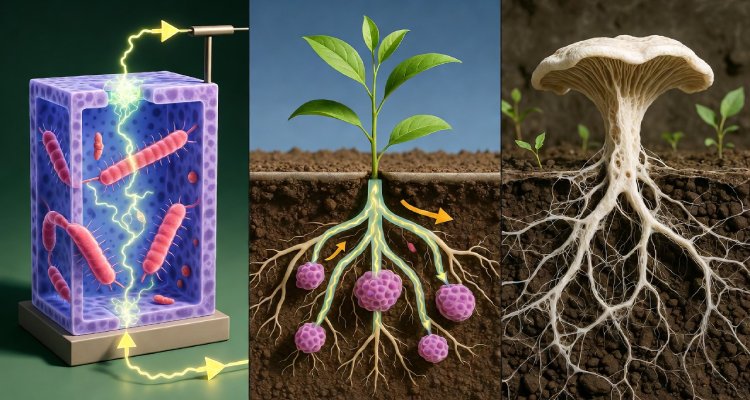Emoji Empires: How Digital Symbols Reshaped Global Expression
Emojis have evolved from simple icons to a powerful global language. Explore how these digital symbols are transforming communication, culture, and identity.
Introduction: When a Wink Says More Than Words
In 2015, the Oxford English Dictionary chose a pictograph—not a word—as its “Word of the Year.” That emoji, , the face with tears of joy, signaled a cultural turning point: digital symbols had become mainstream. Once a quirky add-on to online chats, emojis have grown into a language of their own, transcending borders, cultures, and even alphabets. But how did these tiny icons become such a powerful global force?
Context & Background: From Japanese Phones to Global Screens
The emoji was born in Japan in the late 1990s, when Shigetaka Kurita, working for mobile provider NTT DoCoMo, created a set of 176 12×12-pixel images to convey basic emotions and concepts. His goal? To fill the emotional gap left by plain text in early mobile communication.
Emojis quickly gained popularity in Japan but only went global after 2011, when Apple included an emoji keyboard in iOS 5. Soon after, Android followed. Unicode Consortium—the body responsible for standardizing characters across devices—began approving emoji additions, helping them proliferate across platforms and cultures.
From just a few hundred icons, the emoji library has ballooned to over 3,800 and counting, including everything from gender-neutral figures to racially diverse hand gestures and symbols of cultural inclusion.
Main Developments: How Emojis Changed the Way We Communicate
1. A New Universal Language
Emojis compress complex emotional and social cues into a single visual symbol. A heart emoji softens a critique; a laughing face can turn sarcasm into shared humor. For multilingual and multicultural societies, emojis serve as an equalizer—accessible, intuitive, and instantly understood.
2. Cultural and Political Power
The evolution of emoji sets now reflects political and social change. Campaigns like #EmojiEquity have led to the addition of interracial couples, same-sex families, and disability representation. Even countries have lobbied for their national flags to be included as emojis.
In 2019, the addition of a sari-clad woman, an auto-rickshaw, and the Diya lamp reflected a clear nod to South Asian cultures. Emojis aren’t just symbols—they’re becoming digital ambassadors of identity.
3. Corporate and Creative Influence
Brands now incorporate emojis into marketing, and sometimes even launch custom ones. Twitter’s branded emoji hashtags for events like the Super Bowl or World Cup generate millions of impressions. Emojis have also become a muse for artists, with entire exhibitions and design contests centered around emoji culture.
Expert Insight and Public Reaction
“Emojis are the closest thing we have to a global visual language,” says Dr. Vyvyan Evans, a linguist and author of The Emoji Code. “They fill in emotional gaps and add nuance that words often miss, especially in digital contexts.”
Meanwhile, Gen Z and Millennials have embraced emojis as a form of identity expression. But reactions can vary by demographic—older users may use emojis sincerely, while younger users deploy them ironically or subversively. A simple thumbs-up emoji, for instance, has become a passive-aggressive trope in some circles.
On social media platforms, users often remix emojis to tell stories, form memes, or express layered sentiments. The combination of (smiling with a tear) and (skull) can represent awkward embarrassment or existential dread, depending on the context. Emojis evolve with digital culture at breakneck speed.
Impact & Implications: What This Means for the Future of Language
1. Communication Beyond Literacy
Emojis offer an expressive outlet for the semi-literate or neurodivergent, providing a non-verbal way to connect. In regions with low literacy rates or limited internet infrastructure, emojis act as a communication bridge.
2. Challenges of Interpretation
The visual nature of emojis can lead to misinterpretation. A gesture that’s friendly in one culture may be offensive in another. Moreover, not all platforms render emojis the same way—what looks like a smile on iPhone might appear sarcastic on Android.
3. AI and Emoji Sentiment Analysis
Tech companies now use emojis to train AI models in emotion detection and sentiment analysis. In the marketing world, emoji use is tracked to predict consumer behavior and emotional trends. But as bots learn our symbols, concerns around surveillance, manipulation, and emotional privacy are growing.
4. Emojis as Digital Diplomacy
Governments and cultural organizations are increasingly aware of emoji diplomacy. For instance, India’s Ministry of Culture proposed emoji representations for its traditional arts and regional attire. It’s not just a matter of digital inclusion—it’s about cultural recognition on a global stage.
Conclusion: The Empire Continues to Expand
What began as a pixelated smiley in a Japanese mobile lab has evolved into a sprawling empire of meaning, emotion, and identity. Emojis have not just changed the way we text—they’ve changed the way we relate to each other online, build narratives, and signal our place in the world. As our digital lives deepen, these tiny symbols—equal parts playful and profound—will continue to shape the global conversation.
Disclaimer:This article is for informational and editorial purposes only. Views and interpretations are based on public data and expert commentary at the time of writing.










